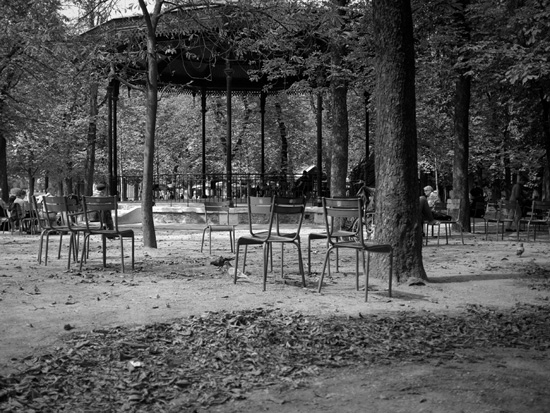21 September–26 October 2012
ST PAUL St Gallery
School of Art and Design,
AUT University City Campus
Level 1 WM Building
40 St Paul Street, Auckland
Aotearoa/New Zealand
ST PAUL St Gallery presents two exhibitions that engage with vision, visuality, and that persistence of vision—the afterimage. In these two exhibitions the afterimage can be seen as a literal optical phenomenon, and it can be viewed as an idea transferred to the experience of the gallery visitor.
Anna Franceschini has been looking at Belgian physicist Joseph Plateau (1801–1883). Plateau is known for his pioneering study of the properties of the impressions that light, and colour, can exercise on the eye. His dedication to this study led him in 1829 to conduct a reckless experiment where he stared directly at the sun for 25 seconds. This action is credited with damaging Plateau’s sight, causing deterioration and eventual blindness several years later.
Plateau led Franceschini to other light sources. Plateau invented the Phenakistoscope and, with it, the stroboscopic illusion of moving images—key to the development of cinema. 180 years later, HALATION can be viewed as a sublimated homage to Plateau. The three films Franceschini presents in HALATION are closer to visual experiments than cinema. They present silent images of light emerging from, cutting through, and sometimes illuminating dark backgrounds.
Two of the films share the title It’s All About Light (To Joseph Plateau). Shot on film and transferred to video, their projected light illuminates the room; within the images, the brightness obscures its own origin as a by-product of the night labour of industry. A third film, It’s About Light and Death (To Joseph Plateau), is projected directly from 16mm film. It reveals the frozen physiognomy of taxidermied animals—a dead photographic pose, panning like a Zoetrope, one pulsing glimpse at a time (24 times per second).
Franceschini’s looping films are sources of light that become triggers for the persistence of vision, encouraging contemplation of the silent and mesmeric occurrence of flames, sparks and spectral forms appearing from the darkness; their persistence an afterimage to carry off.
In transmissionspace and the index of atmospheres, David Clegg regards the visitor experience as one that does not just occur inside the gallery, but one that is also created en route to or from the museum, before and after the visit. Working with binaural recordings and photographs, transmissionspace and the index of atmospheres draws from the ambience of the locale surrounding the art museum or gallery. The sounds and photographs of seemingly insignificant or incongruous details encountered during the day merge with the residue of thoughts and feelings from the gallery to emphasise the gallery visit as much of an experience of inner atmosphere as it is of visuality.
Clegg’s recordings—made in Berlin and Paris—carry with them the artist’s preoccupations with French anthropologist Marc Augé and his ethnographic studies of the conventions of his own context, and Walter Benjamin’s use of fragments and quotation to build an account of 19th Century Paris in his Arcades Project. These are present as Clegg’s inner atmosphere, yet their presence can slip by the gallery visitor without registering, and this does not matter, for the visitor brings with, and carries away, his or her own preoccupations of inner atmosphere.
Clegg uses the visitor experience within and after the gallery visit to create a layered audiovisual afterimage that is regenerated by the presence of visitors in the exhibition.
HALATION travelled from Objectif Exhibitions, a not-for-profit contemporary art centre in Antwerp, Belgium. The exhibition was on display from 23 June until 28 July, 2012. www.objectif-exhibitions.org
David Clegg would like to acknowledge the support of Creative New Zealand in the making of the work for transmissionspace and the index of atmospheres.
ST PAUL St Gallery
ST PAUL St is a suite of purpose built galleries and project spaces run by the School of Art and Design, AUT University, Auckland, Aotearoa/New Zealand. Since establishment in 2004 ST PAUL St has developed a strong programme, which has seen the Gallery recognized as a leading university gallery and a place for generating critical discussion around contemporary art and design in Aotearoa/New Zealand.

